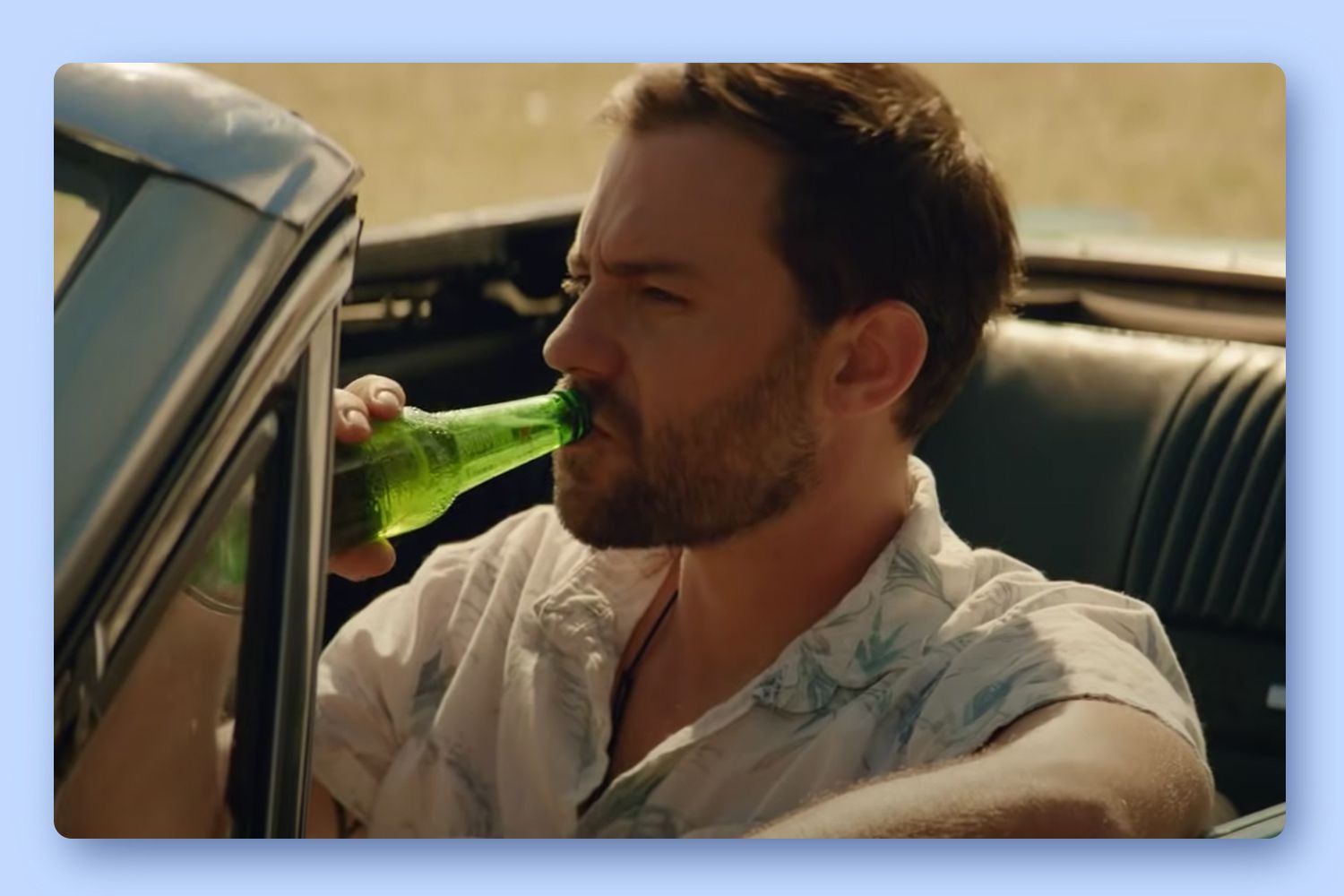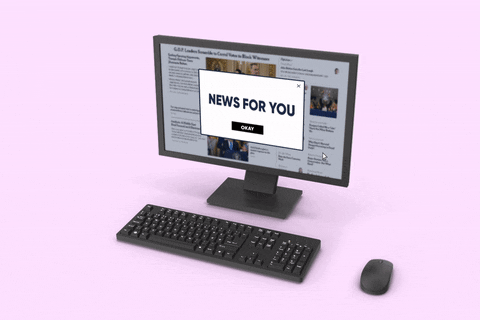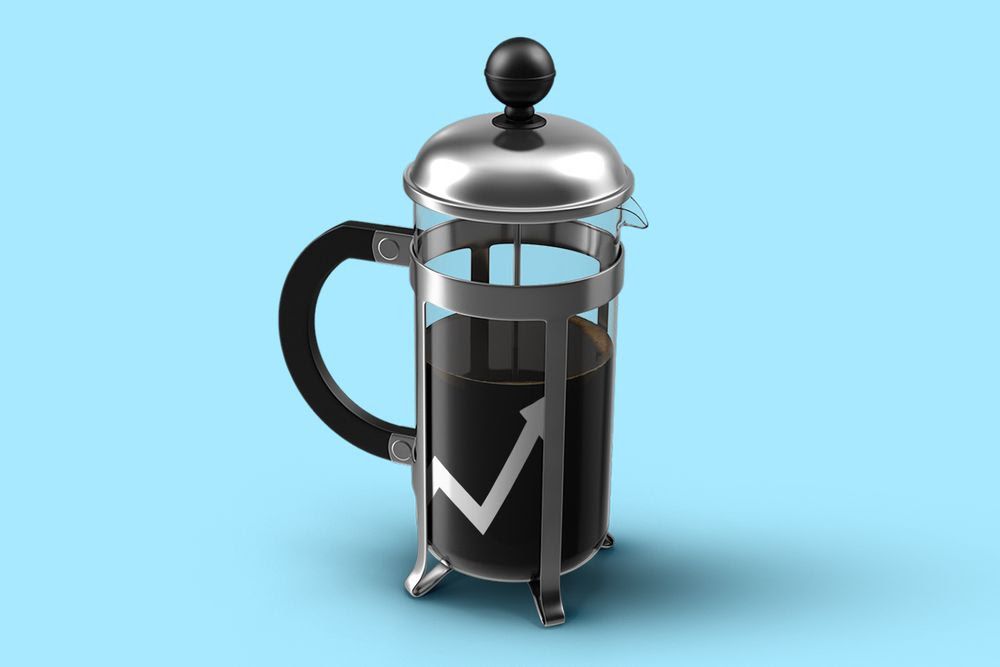Good Monday afternoon. If you liked our latest Marketing Brew CTA event, you’ll love Retail Brew’s event series, The Checkout. The series continues tomorrow when Emily Silver, PepsiCo’s VP of innovation and capabilities, helps us explore the life cycle of a CPG product, followed by a few more notable guests  . RSVP (and find out more) here. . RSVP (and find out more) here.
In today’s edition:
- Marketing beer sans alcohol

- Weber Shandwick’s disinformation fight
- A roundup of this month’s cannabis stories
— Zaid Shoorbajee, Phoebe Bain
|
|
|
Heineken
Your buddies want to get together for drinks, but you either don’t drink or are trying to cut back. What do you do?
Your drink choice doesn’t have to kill the mood. Non-alcoholic beer is gaining traction in the US, and brands are trying to get in on the action. But the space is complicated. Companies are simultaneously tapping into an increased interest in moderation and sobriety, while also fighting a stigma about the quality and relevance of non-alcoholic beer.
-
IWSR, an alcohol-industry market research firm, found that the US market for no- and low-alcohol drinks grew by more than 30% in terms of volume last year. Despite the upward trajectory, brands are still largely trying to figure out who their audiences are and how to capture them.
-
“We are very much in category-creation mode,” said Borja Manso Salinas, VP of marketing at Heineken USA, which brought its Heineken 0.0 drink to the US in early 2019. He explained that the non-alcoholic category in the US is still nascent compared to the scene in Europe.
In Spain, for example, beers with little to no booze account for 13% of all beers sold, according to data from the country’s brewer’s association. Heineken’s research finds that the US market, although growing, is still around the 1% mark, Manso said. That’s miniscule, but brands are starting to take note of the opportunity here.
Brewing companies large and small, like AB InBev, Boston Beer, Molson Coors, BrewDog, and Athletic Brewing, have entered the space in recent years and are vying for a piece. Manso said Heineken is less concerned about the competition and more focused on growing the market.
“The cake is still so small and the potential is so huge, that we are not too worried about the proportion of our piece. We’re worried about making the cake grow,” he said.
Gaining momentum
Heineken 0.0’s arrival in the US came with a $50 million marketing investment that included video spots, which ran on TV and digital. Manso declined to share more recent numbers, but said the company is spending nearly half its US media budget in 2021 on marketing 0.0.
Samantha Itzkovitz, VP of marketing at Brooklyn Brewery, told Marketing Brew the company was surprised at how fast its Special Effects line of non-alcoholic brews took off when debuted in late 2019.
“We thought it was going to take a lot longer for the US to come around, but because of just the health and wellness trend boom and everything with Covid over the last two years, the US consumer and the conversation around non-alcoholic has accelerated,” Itzkovitz said.
Click here to read more about how marketers are making the case for non-alcoholic beer and who they see as target audiences.—ZS
|
|
|
Francis Scialabba
Crisis communication is PR 101, and it often means a company is putting out a fire that it started on its own (oops). But what does a brand do in the face of an arsonous mob?
Weber Shandwick, one of the world’s largest public-relations firms, announced a new division last week focused on helping brands combat misinformation and disinformation that may implicate them.
The company makes the case that, while the spread of false information is often viewed as a political or public safety concern, it can also end up dragging an unwitting brand’s name through the mud.
-
For example, Wayfair was the subject of a QAnon-tied conspiracy theory last year that accused the furniture retailer of enabling a child-trafficking ring.
-
Voting-technology companies like Dominion and Smartmatic dealt with a firestorm of false claims about miscounted votes in the wake of the 2020 election.
-
Earlier this month, Walmart said it was the subject of a “fake news release” that claimed the retailer would begin a partnership with crytopcurrency Litecoin.
Weber Shandwick chief innovation officer Chris Perry told Marketing Brew that, in addition to reputational harm, companies can “face financial implications like boycotts or stock-price impact, dips in employee morale, and even physical or emotional harm from actions like doxxing” as a result of fake stories.
The company’s Media Security Center is pitched as a way for brands to prepare and respond to these kinds of incidents. The firm said it will provide “bespoke solutions that protect reputations and commercial interests.” It will also offer training to clients’ marketing teams about how misinformation spreads, as well as access to Blackbird.AI, a disinformation monitoring platform.
“Any successful media security approach begins with deeper learning about the risks, actors, motivations, and potential outcomes of disinformation specific to a company/brand,” Perry wrote in an email to Marketing Brew. “And because of the size and rapidly evolving nature of these threats, virtually no company is adequately prepared.”
Bottom line: With the new center, the firm is presenting the concept of “media security” as a key part of a brand’s corporate strategy alongside things like cybersecurity and brand safety.—ZS
|
|
|
|
You’re thinking it, we’re thinking it, we're just gonna come right out and say it: That old marketing stack is embarrassing. Alright, that’s a little harsh, but it is due for an upgrade.
Now, as with any big decision, one can’t afford to take a step in the wrong direction.
Lean on Listrak for a little help—they’re a leading digital marketing platform trusted by 1,000+ retailers and brands, and they know all the dos and don’ts when it comes to making an upgrade.
Their latest guide is stacked high with insights from across their client base and literally thousands of evaluations.
See how brands like Vineyard Vines, Kate Somerville, 7 for All Mankind, and Academy Sports go about picking the right tech partner.
Download Listrak’s guide today.
|
|
|
Giphy
If you noticed the same topic popping up again and again in September’s Marketing Brew newsletters, don’t worry, you weren’t just being paranoid: We dove deep into the world of cannabis marketing this month. As in, deep enough to know that cannabis marketing, CBD marketing, and hemp marketing are all pretty different (and really complicated) topics.
From the marketing strategy of LA's only dispensary owned by a Black woman to why you hear so many ads for cannabis products on podcasts these days, we covered quite a few bases. In case you missed it, here are all those dank pieces in one place:
Wondering what next month’s theme is? There’s only one way to find out  .—PB .—PB
|
|
-
Spotify for Brands is no more—it’s called Spotify Advertising now, as the service aims to court marketers…by getting really meta, apparently.
-
Facebook is pausing efforts on that whole “Instagram Kids” idea.
-
MyPillow’s CEO wants his ads to start appearing on Fox News again, months after pulling them due to the network’s decision to not air a commercial from the brand containing election misinformation.
-
Twitter announced that it’s taking steps to ensure better video playback + quality.
-
TikTok says it has one billion monthly active users.
|
|
|
|
You’ve got a tall order to fill. Consumers expect more than fancy ads and pretty logos from today’s companies. They want authentic social and corporate responsibility from brands—a desire that has only grown over time. From diversity to environmental sustainability, learn what inspires loyal customers and generates engagement with the 2021 Consumer Intel Report from Vericast. Get your free download today.
|
|
|
Francis Scialabba
There are a lot of bad marketing tips out there. These aren’t those.
Pods: Whether you’re a social media marketer or just want to learn more about the industry, these 11 podcasts are for you.
TikTok: If you feel like you waited too long to ask for some TikTok usage instructions, look no further—here’s a beginner’s guide to the platform.
Refinement: Town & Country’s recent deep dive on good taste might just help you develop it.
Red alert: There’s an easy way to reach podcast listeners. RedCircle lets you target multiple demographics and measure the right metrics across thousands of independent shows, all with just a few clicks. Learn how to plug and play your brand here.*
*This is sponsored advertising content
|
|
 Walmart/Game Boy So we saw this Game Boy ad (Walmart ad?) on Instagram user @annierau’s Story today (she runs the infamous @depthsofwikipedia account), and we had to know more. According to Reddit, it’s from a 2004 edition of Nickelodeon magazine, but any sources are encouraged to come forward with more info.
|
|
|
When you reach 3 referrals, you'll be invited to Monthly Exclusive Events with our co-founder Alex and the biggest names in business.

All you have to do is share your link with 3 friends or colleagues and you're an MB VIP.
Hit the button below to learn more and access your rewards hub.
Click to ShareOr copy & paste your referral link to others:
morningbrew.com/marketing/r/?kid=303a04a9
|
|
Catch up on a few Marketing Brew stories you might have missed.
|
|
|
Written by
Phoebe Bain and Zaid Shoorbajee
Was this email forwarded to you? Sign up
here.
WANT MORE BREW?
Industry news, with a sense of humor →
-
HR Brew: analysis of the employee-employer relationship
Tips for smarter living →
 Podcasts →
Business Casual
and
Founder's Journal
Podcasts →
Business Casual
and
Founder's Journal
Accelerate Your Career →
-
MB/A: virtual 8-week program designed to broaden your skill set
|
ADVERTISE
//
CAREERS
//
SHOP
//
FAQ
Update your email preferences or unsubscribe
here.
View our privacy policy
here.
Copyright ©
2021
Morning Brew. All rights reserved.
22 W 19th St, 8th Floor, New York, NY 10011
|
|











